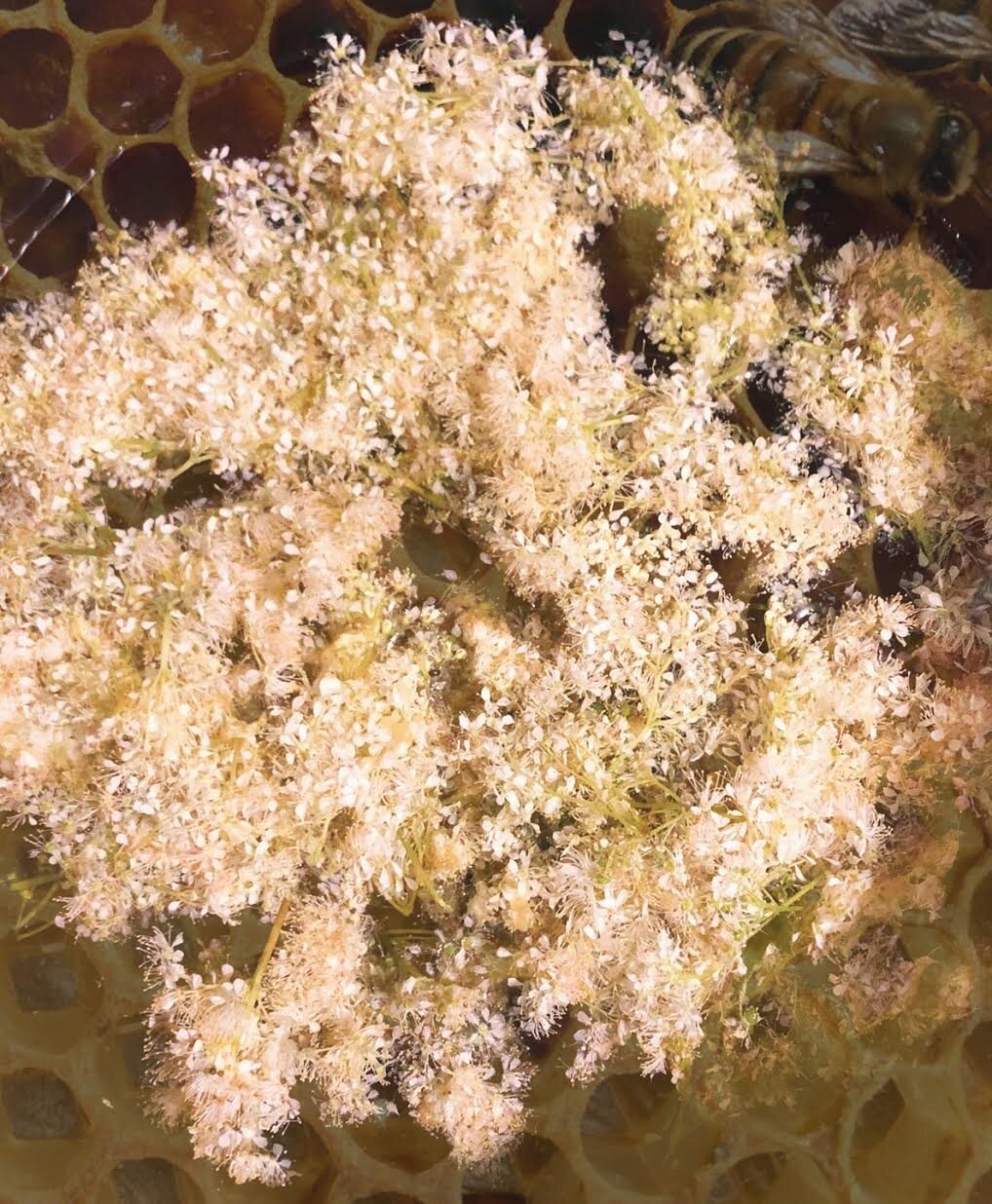Lughnasadh, also called Lammas, is the time within the wheel of the year that traditionally marks the harvest season. This sabbat, or festival, honours the waning half of the year and the sun’s descent into darkness, mirroring the festivities of the waxing year at Beltane. Lughnasadh represents the marriage of the Earth with the Sun, this auspicious union producing the fruits of the harvest. Traditional celebrations would have marked this time of year by honouring the God of the harvest, sometimes called John Barleycorn, and commonly known as the Green Man. Each year, he sacrifices himself through the harvest so that people can continue to live comfortably through the dark winter months. Meadowsweet is particularly abundant at this time of year, making it a perfect herb to work with around the harvest season. With the sacrifice of the harvest God in mind, your mead can be made with the intention of honouring this age-old tradition, and to pay homage to the cycle of the seasons.
Meadowsweet gets its name not from meadows, but from its history as a traditional ingredient in early mead making, used to give the honey wine an added fresh and bright flavour.
Meadowsweet contains salicylic acid, the same chemical as aspirin, which makes it useful as a pain reliever. A favourite of Elizabeth I, meadowsweet was traditionally used as a strewing herb to scent earthen floors, in baths to treat fevers, drunk as a tea, or simply sniffed to relieve headaches. Meadowsweet water was used in the Scottish Highlands as a cosmetic to improve the complexion. A masculine energy plant ruled by Jupiter, meadowsweet was one of the three most sacred herbs of the Druids (along with water mint and vervain) and it is often used in spells for love and for peace.
If you can’t find any meadowsweet, elderflowers and rowan tree flowers are both wonderful substitutes and will make an equally delicious mead.
Alcohol is created as a by-product when the natural yeasts present on the flowers eat the sugars present in the honey. There are plenty of recipes available that require a number of additives such as commercial yeast packets and citric acid, but this traditional folk method works just fine if you use freshly gathered flowers, and even better if using raw, unprocessed honey, as this will contain its own yeasts as well. Processed, store bought honey is homogenised for safety reasons, and therefore no longer contains the natural yeasts.
Ingredients:
Large handful of meadowsweet flowers
450g honey (a standard-sized jar). Mead is traditionally made with honey. To make it vegan substitute for sugar or honea (standard sized jar)
5 cups of filtered water, or boiled (allow to cool till lukewarm)
Method:
Sanitize a large airtight jar, such as a Kilner jar, with boiling water.
Make a tea with your flowers and the lukewarm water and allow to infuse for at least 10 minutes.
Pour the honey into your sterilized jar then pour the tea mixture over top, stirring till dissolved.
Make sure to stir vigorously. This action helps to activate the natural yeast on the flowers, which is how the mixture turns into alcohol.
Seal the jar and put out of direct sunlight in a warmish environment (room temperature is fine).
Open the container every day to stir the mixture. After about a week, bubbles should start to form. You will need to allow the gasses to escape each day to avoid explosions!
The mead will be ready in about 3-4 weeks. The longer you let it sit, the more alcoholic it will be, but also less sweet. This part is completely up to your personal preference.
Be sure to pay attention to the look and smell of your mead. You are creating a chemical reaction and a delicate balance between good and bad bacteria, so it is important to monitor this process. As a rule of thumb, if something smells off, it probably is!
If your mixture does not begin to bubble after a week or so, you may need to stir more vigorously. Failing that you can add more honey, or in the worst-case scenario, toss it and start over.


